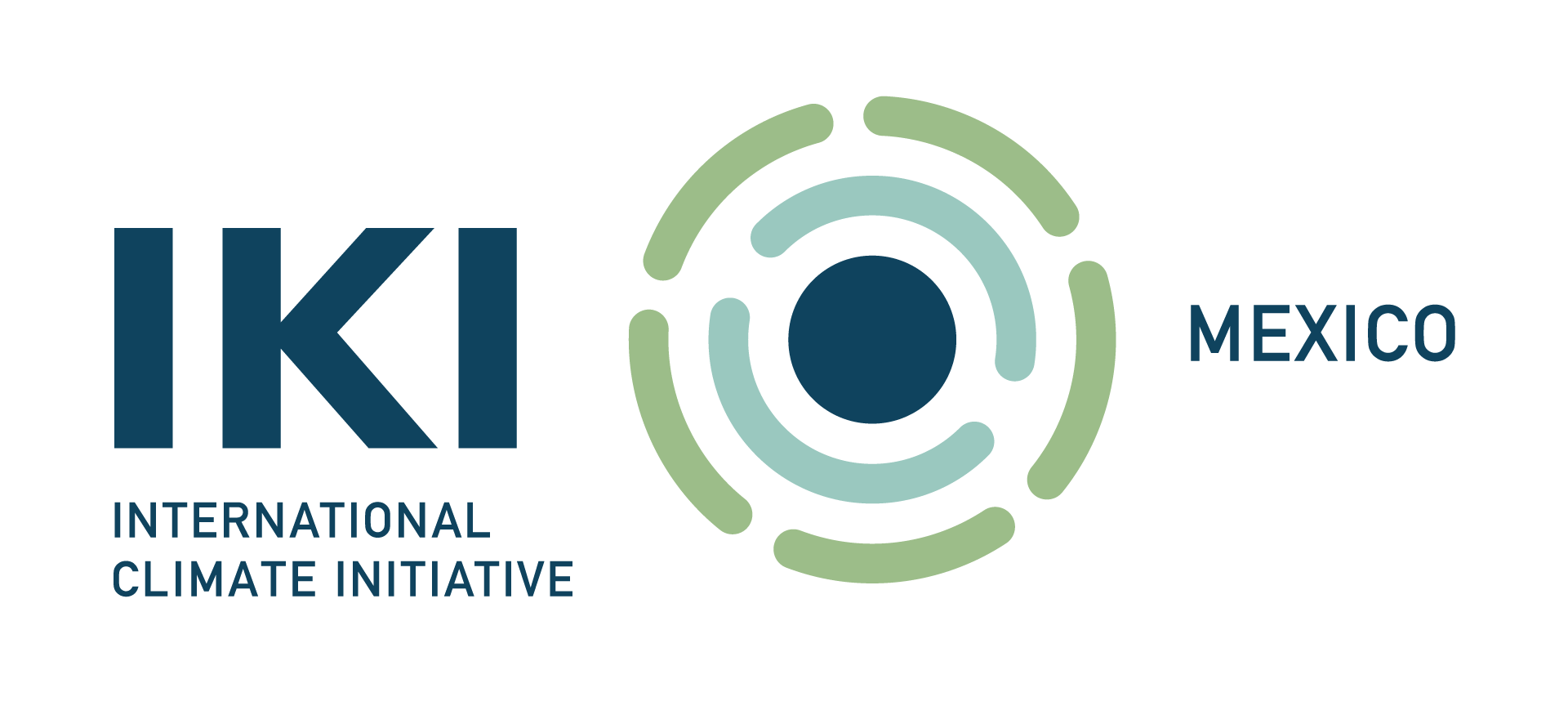The Parties to the United Nations Framework Convention on Climate Change (UNFCCC) introduced the requirement to account for emissions and removals corresponding to their Nationally Determined Contributions (NDCs) nearly three years ago. Since then, further negotiations, discussions, exchange forums and workshops have taken place. Despite these efforts, NDC accounting rules have not been fully carved out, and the recommendations on the accounting orientation—while scheduled for 2018—remain pending.
As part of a four-year collaborative project financed by the International Climate Initiative (IKI), country representatives from Colombia, Costa Rica and Mexico, together with the Deutsche Gesellschaft für Internationale Zusammenarbeit (GIZ) GmbH and the Institute for Applied Ecology (Öko-Institut, Berlin), developed several guides on NDC Accounting Rules. To draft the guides, the implementation partners drew on their rich country experiences of implementing and monitoring mitigation activities for decades focusing on the integration of accounting processes with other climate information systems, especially existing or planned monitoring, reporting and verification (MRV)—for example, the National Metrics System for Climate Change (SINAMECC) in Costa Rica and the Environmental Information System of Colombia (SIAC).
The first product, a general NDC accounting guide, can be used to quantify absolute mitigation targets and mitigation targets related to emissions baselines. It includes suggestions on accounting for several mitigation targets of the NDC, for example conditional and unconditional targets, and offers insights on other transparency-related questions. The second product, an MS Excel based NDC Accounting tool, translates the guidance given in the general accounting guide into an easy-to-follow and structured data processing format that is adjustable to national circumstances in terms of availability of sectoral sub-NDC targets or the monitoring of progress of several mitigation targets in parallel. The third product is an NDC accounting guide for the land-use sector, which, due to the sector’s particular measuring and accounting setup, warranted the elaboration of a specific guide. The guide starts by comparing the different available accounting approaches for the land-use sector, taking into account the layers of measuring and tackling climate change in the sector, such as national greenhouse gas (GHG) emissions and removal inventories or REDD+. It also considers NDC-related issues such as baselines and market mechanisms, and examines sector-specific topics like harvested wood products and non-permanence. The guide concludes by offering a set of recommendations on getting its application started.
To download the products, please visit https://www.transparency-partnership.net/documents-tools/ndc-accounting-rules.
Please note the following: The first two guides are available in English, French and Spanish, while the third guide is only available in English. Please be aware that your internet security manager may not allow you to open the NDC Accounting Tool as it includes VBA programming code/macros. The application of the Accounting Guide for the Land-Use Sector in NDCs requires some previous subject-matter knowledge. We warmly invite your comments, feedback, suggestions or inquiries. Also, if you find bugs in the tool or other errors, please contact us at info@transparency-partnership.net.
The above knowledge products have been completed in the framework of the project Accounting Rules for the Achievement of the Mitigation Targets of Non-Annex 1 Countries, implemented by GIZ. The project is part of the International Climate Initiative (IKI) of the German Federal Ministry for the Environment, Nature Conservation and Nuclear Safety (BMU), based on a decision by the German Bundestag.
For more information visit: Deciphering MRV, accounting, transparency for the post-Paris era and NDC Accounting Rules
